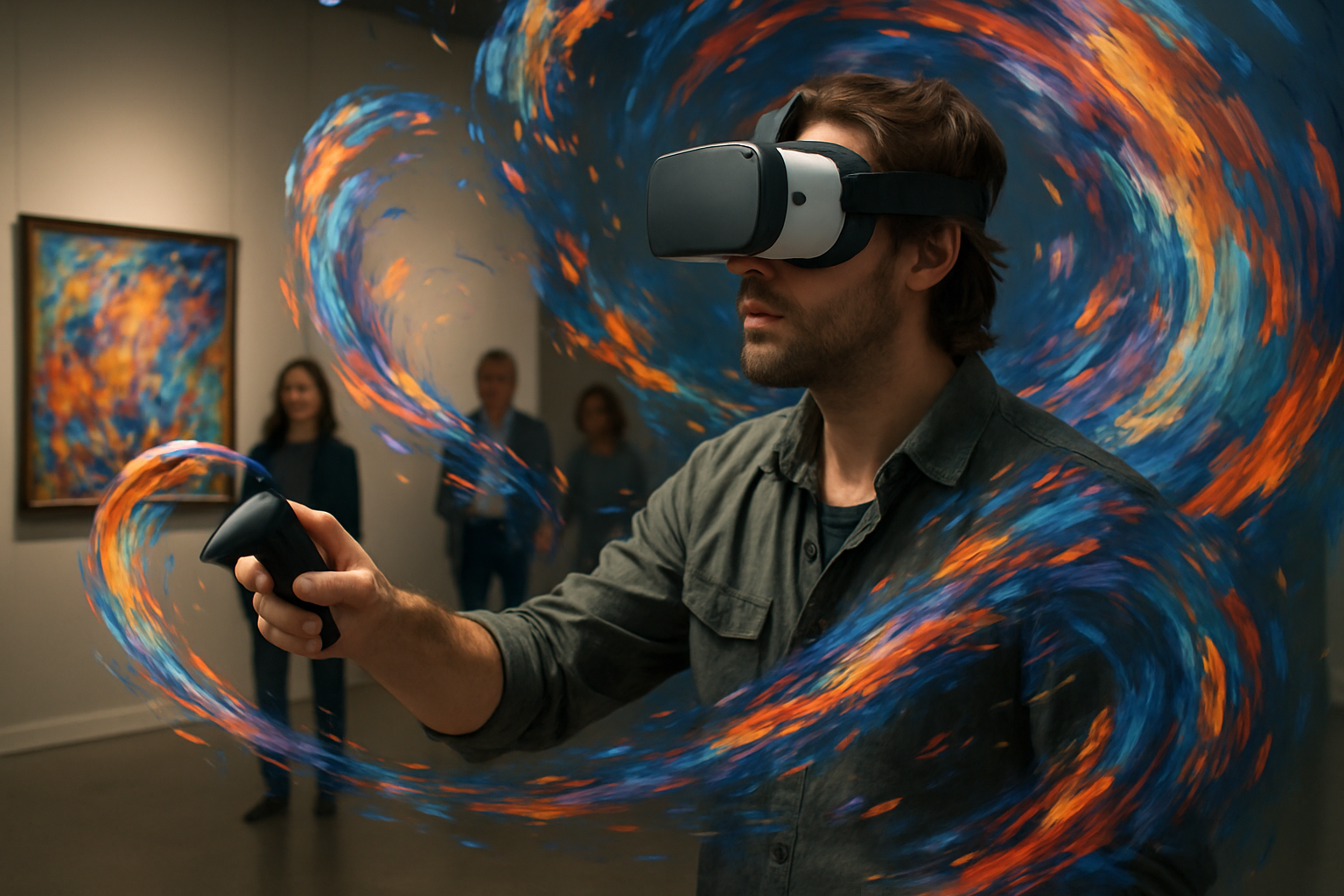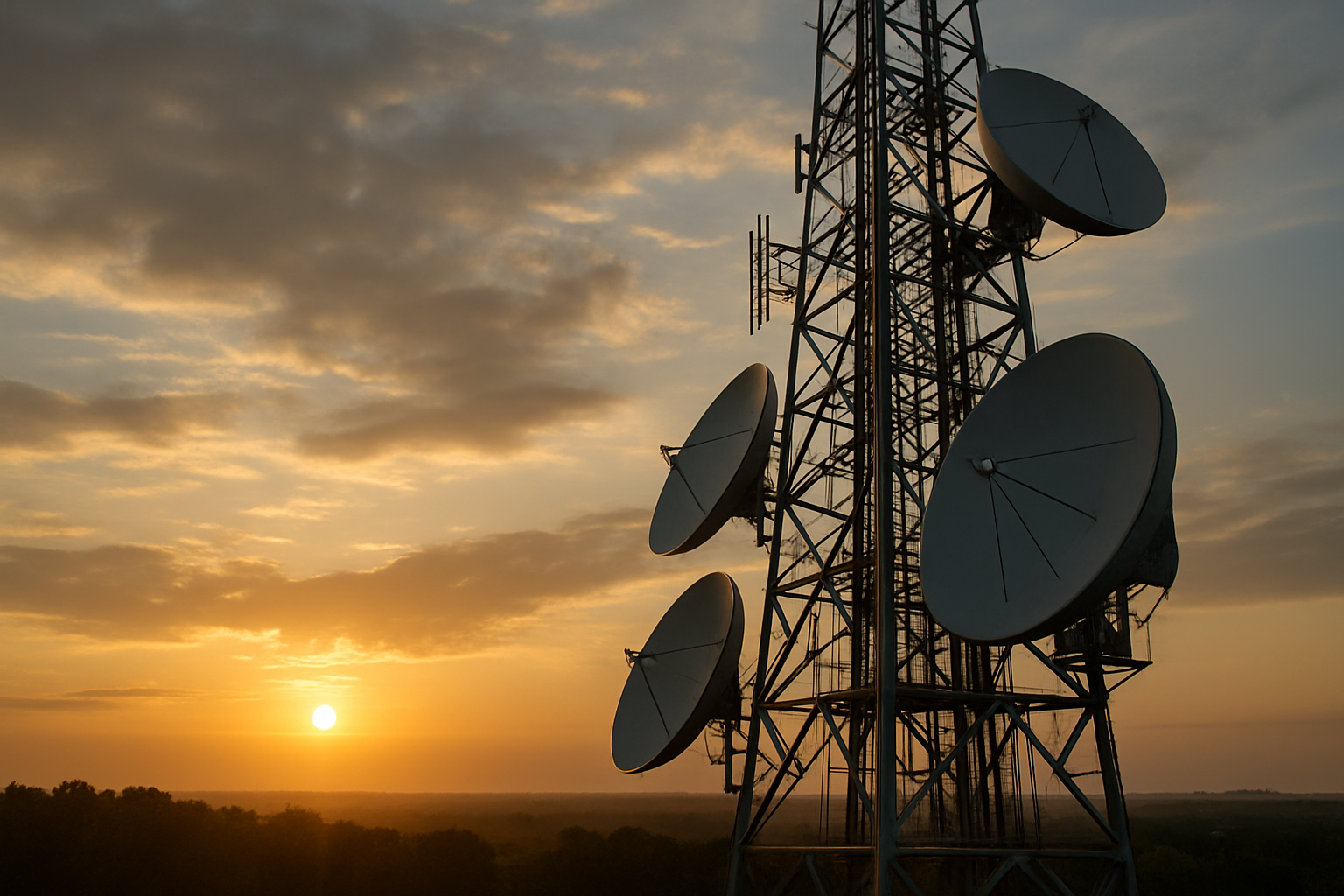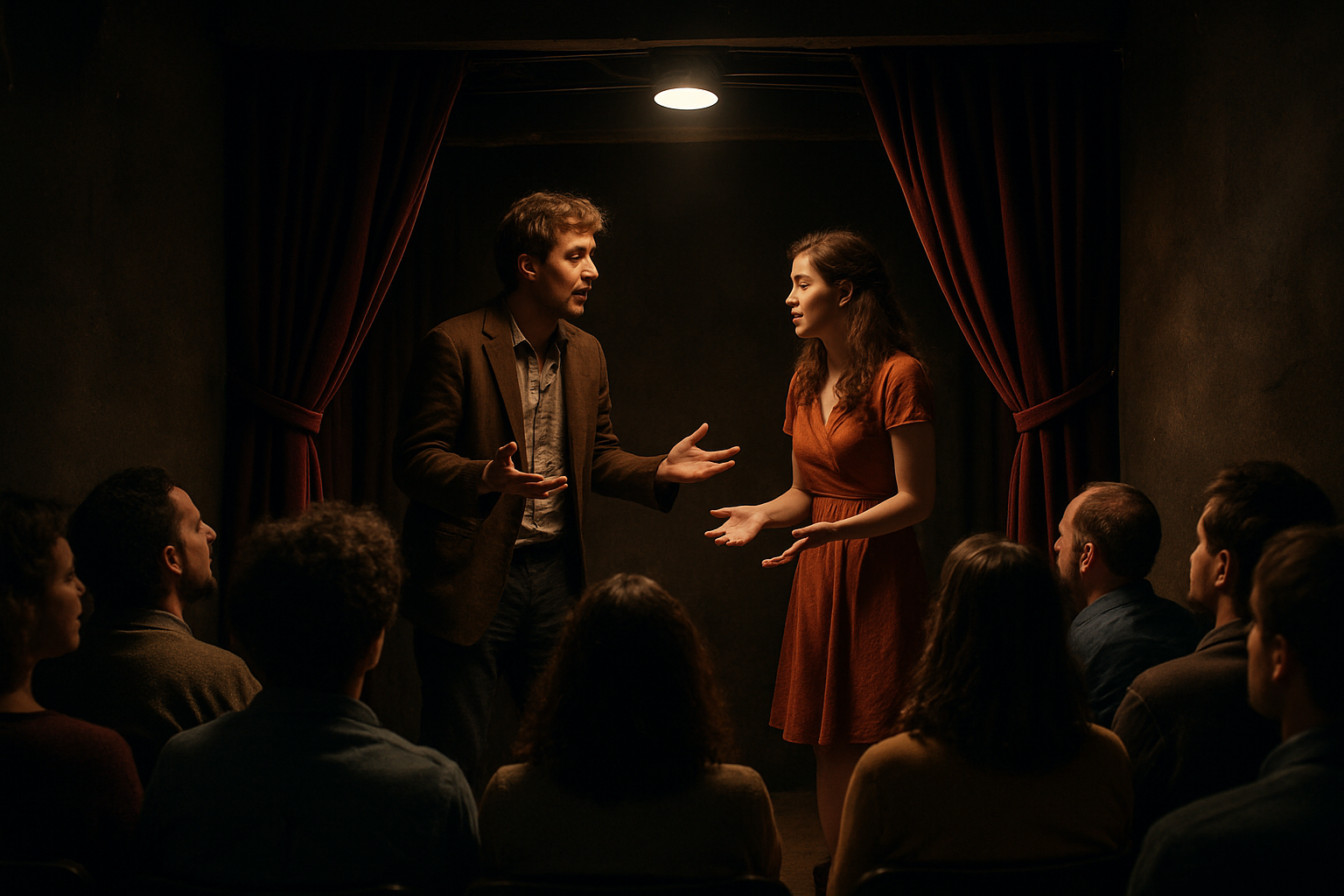Delving into the World of Virtual Reality Art: A New Frontier in Creative Expression
Introduction: Virtual Reality (VR) art is revolutionizing the way we experience and interact with art. This article explores the rise of VR art, its impact on the art world, and its potential to shape the future of artistic expression. Virtual Reality art, a relatively new phenomenon, has been steadily gaining traction in the art world over the past decade. This innovative form of art utilizes VR technology to create immersive, interactive experiences that transcend the boundaries of traditional art forms. The origins of VR art can be traced back to the early 2000s, when artists began experimenting with digital technology to create new forms of artistic expression. However, it wasn't until the advent of affordable, consumer-friendly VR headsets in the mid-2010s that VR art truly began to take off.

The Current Landscape of VR Art
Today, VR art is making waves in the art world, with artists and galleries alike embracing this new medium. Major art institutions, such as the Museum of Modern Art in New York and the Tate Modern in London, have begun incorporating VR art into their exhibitions, signaling a growing acceptance of this new form of art. Meanwhile, a new generation of artists is pushing the boundaries of what is possible with VR technology, creating immersive experiences that challenge our perceptions of reality.
The Impact and Significance of VR Art
The impact of VR art extends beyond the art world. By creating immersive, interactive experiences, VR art has the potential to engage audiences in ways that traditional art forms cannot. This has significant implications for art education, as VR technology can be used to create engaging, interactive learning experiences. Moreover, VR art challenges traditional notions of what constitutes art, pushing the boundaries of artistic expression and opening up new possibilities for creative exploration.
The Reception of VR Art
The reception of VR art has been largely positive, with critics praising its ability to create immersive, interactive experiences. However, some critics have raised concerns about the accessibility of VR art, as not everyone has access to the necessary technology. Despite these concerns, the popularity of VR art continues to grow, with more and more artists and galleries embracing this new medium.
The Future of VR Art
Looking ahead, the future of VR art looks promising. As VR technology continues to advance, artists will have even more tools at their disposal to create immersive, interactive experiences. Moreover, as VR technology becomes more accessible, more people will have the opportunity to experience VR art. This could lead to a democratization of art, with VR technology making art more accessible to a wider audience.
In conclusion, VR art represents a new frontier in artistic expression. By harnessing the power of VR technology, artists are able to create immersive, interactive experiences that challenge our perceptions of reality. While there are still challenges to overcome, the future of VR art looks promising, with the potential to revolutionize the way we experience and interact with art.





